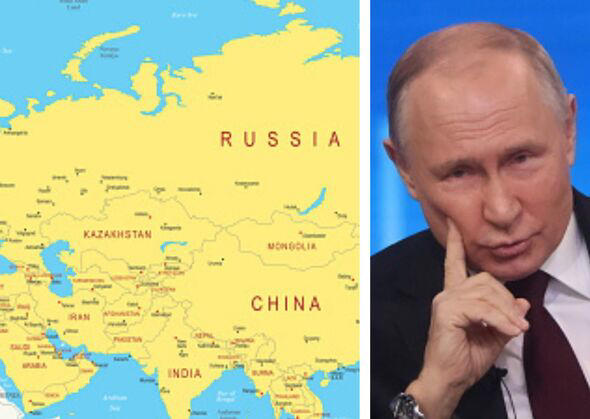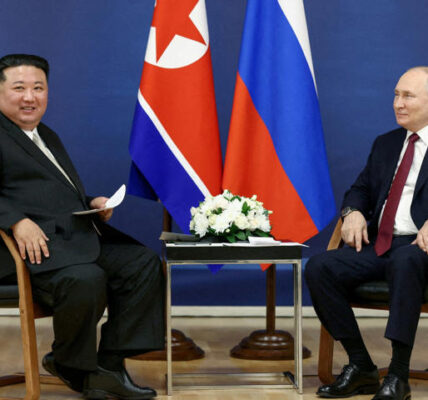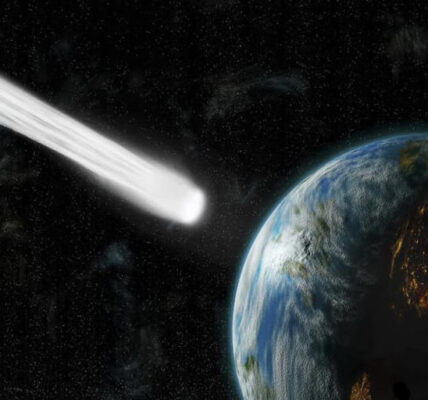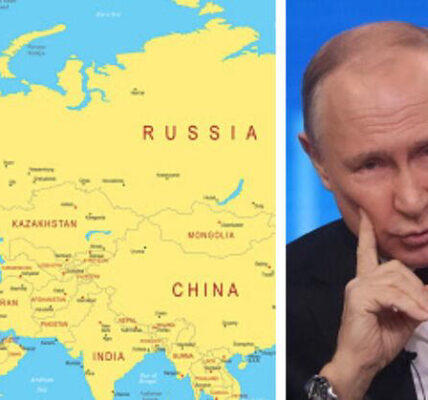NATO Membership for Ukraine is on the horizon, with Secretary General Mark Rutte announcing the potential for Ukraine to join the alliance. This blog explores the implications and reactions surrounding this significant development.

© Pixabay
NATO Membership for Ukraine
NATO Membership for Ukraine has become a hot topic in recent discussions surrounding the alliance’s expansion. On Thursday, NATO Secretary General Mark Rutte confirmed that Ukraine is set to become a member of NATO in the future. While he could not provide a specific timeline for this significant step, his announcement signals a crucial shift in the alliance’s stance toward Ukraine.
Ukraine’s Path to Membership
At the NATO defense ministers’ meeting in Brussels, Rutte stated that it appears likely Ukraine will eventually become the 33rd member of NATO. Currently, NATO has 32 member countries, and this expansion reflects the alliance’s commitment to supporting Ukraine amid ongoing tensions with Russia. However, Rutte also pointed out that another country could join NATO before Ukraine does, indicating that the process might take longer than anticipated.
This statement is vital, as it underscores NATO’s determination to stand firm against Moscow’s plans and ensure the security of its Eastern European allies. The prospect of NATO membership offers Ukraine a level of security and support that is crucial given the geopolitical landscape.
The Significance of NATO Membership for Ukraine
The potential NATO Membership for Ukraine is more than just a political move; it represents a significant shift in the balance of power in Eastern Europe. For many Ukrainians, NATO membership symbolizes a pathway to greater security and stability. It aligns with their aspirations for a closer relationship with Western countries and a more democratic governance model.
Joining NATO would not only provide military support but also enhance Ukraine’s political and economic ties with other member states. This integration could help Ukraine build a more resilient economy and strengthen its democratic institutions.
Reactions from Russia
As expected, Russia’s response to the announcement was swift and furious. The Kremlin views NATO’s expansion as a direct threat to its national security. Russian officials have long warned against NATO’s encroachment on its borders and have made it clear that they will not accept Ukraine’s membership lightly.
The tension surrounding NATO Membership for Ukraine adds another layer to the already strained relationship between Russia and NATO countries. Moscow’s reaction will likely involve increased military posturing and diplomatic efforts to undermine Ukraine’s aspirations for NATO membership. This situation underscores the importance of international diplomacy and strategic planning in addressing the challenges posed by Russia.
Support from NATO Allies
While the road to NATO Membership for Ukraine may be fraught with challenges, it has garnered significant support from other NATO member countries. Many allies view Ukraine’s membership as a critical step toward ensuring stability in the region and countering Russian aggression.
Countries such as the United States, the United Kingdom, and Poland have expressed strong support for Ukraine’s aspirations. They recognize that a robust NATO presence in Eastern Europe is vital for deterring further Russian advances and ensuring the security of NATO’s eastern flank.
The Role of NATO in Eastern Europe
NATO’s commitment to expanding its membership is part of a broader strategy to reinforce security in Eastern Europe. The alliance has been actively working to enhance its military presence in the region, conducting joint exercises and increasing its readiness to respond to potential threats.
NATO Membership for Ukraine fits into this strategy, as it would strengthen the alliance’s position against Russia and enhance the collective defense of member states. By bringing Ukraine into the fold, NATO can further integrate the country into its defense structures, ensuring a more cohesive response to any aggression from Moscow.
Challenges Ahead
Despite the optimism surrounding NATO Membership for Ukraine, there are challenges that must be addressed. The ongoing conflict in eastern Ukraine poses a significant hurdle. NATO has a policy of not admitting countries with unresolved territorial disputes, which complicates Ukraine’s path to membership.
Furthermore, there are internal political dynamics within Ukraine that need to be navigated. Ensuring a stable and unified political landscape will be crucial for advancing the membership agenda. NATO allies will need to support Ukraine in its reforms and provide assistance in strengthening its defense capabilities.
The Future of NATO and Ukraine
Looking ahead, the prospect of NATO Membership for Ukraine represents a pivotal moment in the region’s history. It reflects a collective commitment to democracy, security, and cooperation among nations. As Ukraine continues to strive for membership, it will be essential for NATO allies to remain united in their support.
Ultimately, the journey toward NATO membership is not just about military alliances; it is about reinforcing the values of democracy and the rule of law. Ukraine’s potential membership could inspire other nations in the region to pursue similar paths, fostering a more stable and secure Europe.
Conclusion
In conclusion, NATO Membership for Ukraine is a significant development that holds implications for the future of Eastern Europe. With NATO Secretary General Mark Rutte’s announcement, the prospect of Ukraine joining the alliance becomes more tangible. While challenges lie ahead, the support from NATO allies and the determination of the Ukrainian people will play crucial roles in shaping this historic journey.
As this situation unfolds, the world will be watching closely. The outcomes of these discussions and decisions will not only affect Ukraine but also the broader geopolitical landscape in Europe. NATO’s commitment to its principles and its members will continue to guide its actions in the face of ongoing challenges.
Related:
North Korean Troops in Ukraine: 5 Shocking Consequences



